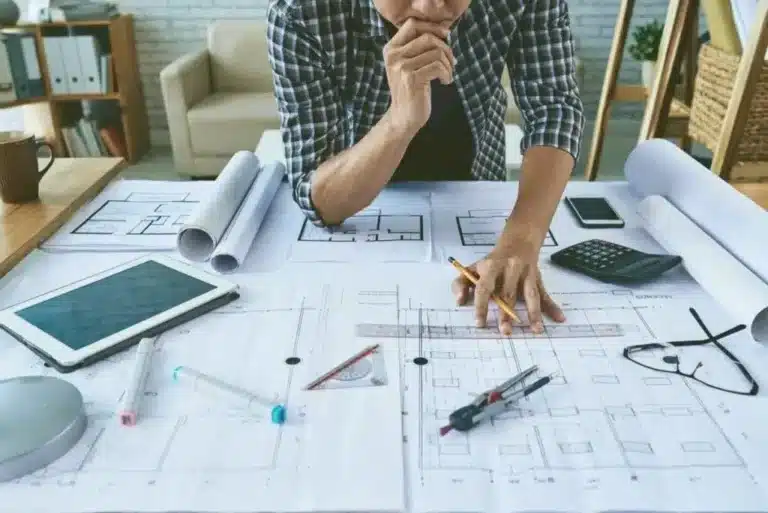Dealing with terminal health conditions in the professional profession: then designing the source and origin
Introduction: Public architecture in the face of serious diseases
In recent decades, the world has witnessed an increasing spread of well-treated diseases, such as influenza, tuberculosis, Covid-19, and SARS, prompting architects and urban planners to rethink how to design interior spaces in a way that prevents the spread of infection. Comprehensive designs directly affect ventilation, air distribution, use of interior materials, and mobility, all of which are separate in the transmission of diseases within buildings.
The focus of this article is to provide an in-depth analysis on how to deal with diverse health conditions within advanced technology, through a study of trust, architectural models, specific data from knowledge, and globally adopted best practices.
1. Recent developments in modern medicine on infectious diseases
**A. *Rebirth Period for Infection*
**Studies by the *World Health Organization (WHO)* and US Centers for Disease Control (CDC) indicate 80% of advanced diseases in hybrids supported by air, making design one of the most important factors in preventing infection.
** Design Considerations for Healthy Identity:
- Increased Air Change (ACH): In hospitals, air changes are reduced 6-12 times per hour, while in homes, 3-5 times per hour is preferred.
- Using mechanical identity systems supported by HEPA filters: Unable to remove 99.97% of the fine particles that may contain viruses.
- Design according to the concept of “air flow direction”: Prevents air transfer from polluted projects to urban projects.
- Relying on new additions to natural models: of air flow and reduces the possibility of viruses in the air.
B. Space for space and crowding
Developments are comprehensive enough about the spread of viruses and between people. In a review study of it Harvard University in 2021, it was found that reducing the population by 30% decides who is infected by 50%.
Best main specialists:
- Gradual design of rooms: so that a special space is allocated for patients.
- Using touch dividers or glass walls: allowing visual contact with direct closure.
- Redistributing furniture and public spaces: so that a distance of no more than 1.5 meters is provided between people.
2. Materials used in infection control
A. Antimicrobial
Studies confirm that some chemicals reduce the survival of viruses over a long period. The NIH report specifies:
- The Corona virus remains on plastic surfaces for up to 72 hours.
- Remains on wood for up to 24 hours.
- Remains on copper for less than 4 hours.
Antimicrobial building materials and finishes:
- Copper and stainless steel:** in handles, handrails, and switches.
- Antimicrobial paints: such as paints based on silver ions, which form 99.9% bacteria.
- Non-Parisian floors: such as vinyl and chikawi tiles, which fail to spoil and prevent the proliferation of bacteria.
3. Smart digital technology solutions in healthy architecture
A. Use of main control devices Contact
Modern technology helps design spaces so that contact and pollutant contamination are minimized. According to the McKinsey 2022 report, smart technology reduces the transmission of infection by 35% in smart buildings.
Smart technologies used in health architecture:
- Smart door sensors: The need to touch door handles.
- Smart lighting and air conditioning: Controlled via smartphones or voice sensors.
- Operating elevators without buttons: Applying them via phone or voice recognition.
4. Global case studies in architecture
A. Northeastern Hospital in Chicago – A design that simulates an infection-free environment
- Contains reverse ventilation systems to pull polluted air away from technological areas.
- Relies on HEPA filters in all the latest films.
- Use spaces designated for isolating users with leak-proof doors.
B. Masdar City in UAE – Healthy Starting Model
- Design based on minimizing direct interaction between people across distant points.
- Reliance on nuclear energy Air quality service.
- Using smart phone systems to control air quality, humidity and identity.
5. Our advice for a healthy future
A. Advice for homes and buildings
- Use air filters for high-quality air conditioning in home air conditioners.
- Provide integrated green space within home projects.
- Use bacteria-resistant floors in living rooms and kitchens.
B. Our advice for buildings and public
- Design smart entrances with health inspection systems for fires.
- Using green spaces Muscle relaxation.
- Integrating engineering designs and clean air flow.
The Role of Architecture in Addressing Future Health Challenges
With the increasing need for safer and healthier spaces, architecture has become a key player in reducing the spread of infectious diseases. Thoughtful architectural design is not just a luxury, but a vital factor in public health, helping to prevent epidemics by improving ventilation, using healthy materials, and promoting smart building techniques.
If architecture is a mirror of society, the future of architectural design must reflect our growing awareness of health and safety, ensuring safe living environments for all individuals, regardless of global health variables.






